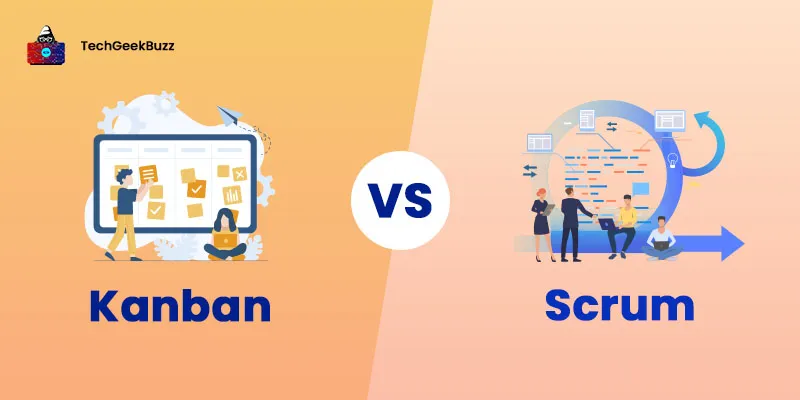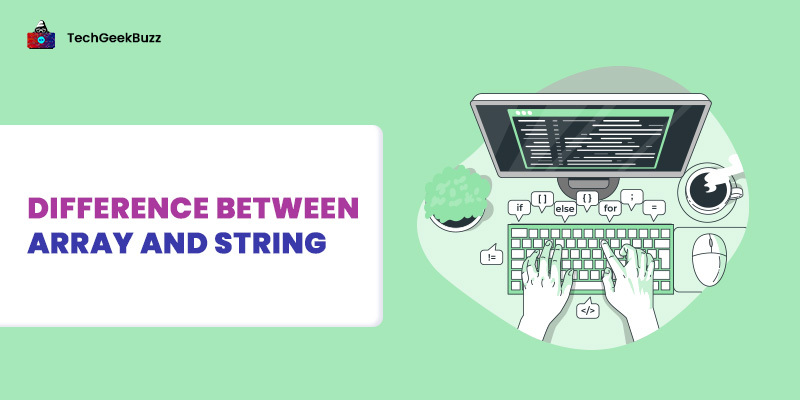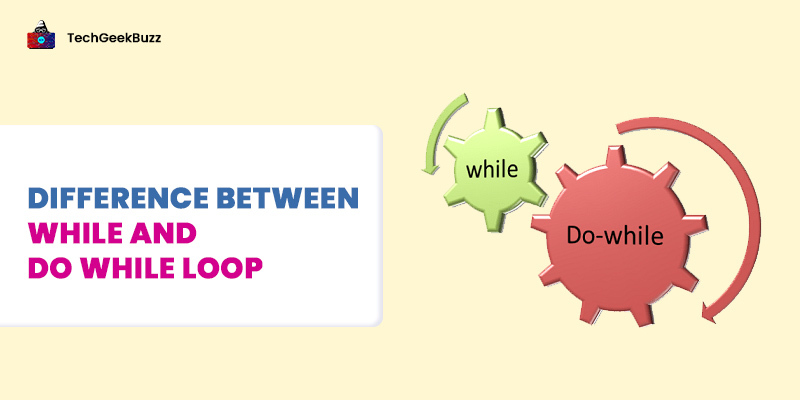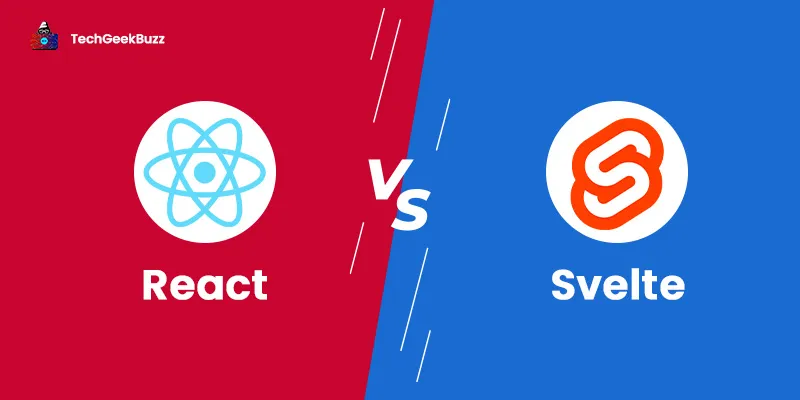Among all the approaches to software development, Agile is one of the most popular ones. It entails a set of values and principles that allows organizations to deliver value to customers quickly with less hassle. In addition, it leverages both incremental and iterative approaches to deliver superior-quality software products and services to customers.
More interestingly, Agile is not a single methodology. Instead, it is a broad term for various methodologies . Kanban and Scrum are two of them. While both these methodologies intend to accomplish a particular project in small increments, focusing on continuous development, they follow different approaches.
While Kanban focuses on visualizing tasks, Scrum intends to develop a project in a set of fixed-length sprints. More interestingly, many organizations use both methodologies together and leverage their benefits. As a result, choosing between Kanban and Scrum is not always necessary since they go well hand in hand.
Through this blog post, we seek to familiarize you with the differences between Kanban and Scrum. Also, we will introduce you to both methodologies and their core principles.
So, here it goes!
What is Kanban?
It is a visual workflow management approach that helps organizations keep track of tasks involved in a specific project using a Kanban board. Basically, it is a Japanese word meaning ‘visual board’ or ‘sign board’.
The Kanban board is the heart of the Kanban method, dividing the entire project into small phases represented in columns. Furthermore, cards represent each small task that moves from one column to the next until it is accomplished. Such a visual representation of work results in reduced inefficiencies in the project.
This methodology follows the principles of Lean and Agile. Also, it is important to note that it works well with other methodologies to improve the workflow. It is often used with Scrum in a process and is called Scrumban . Its primary aim is to reduce the project's time from the initial phase to the deployment phase. In addition, it helps teams to determine potential blockages or obstructions in a project and correct them.
Principles
- Visualize Work: It involves visualizing the workflow on the Kanban board. This board lets you divide the project into small phases and represent those phases in each column. Also, you can represent a task by creating a card in a specific column. This card moves from one column to its immediate next column until the task gets completed. As a result, every team member can track the progress of tasks involved in the project.
- Work in Progress(WIP) Limit: It limits the number of tasks that can be in progress at a specific time.
- Focus on Flow: This principle states that the work should flow smoothly through the Kanban system. You can adapt the WIP limit and create and follow team-driven policies to ensure the work flows without obstructions.
- Continuous Improvement: It helps teams keep track of every task, which, indeed, can help improve the whole process.
Advantages
- Kanban is among the most visible and transparent software development and project management methodologies.
- It is pretty easy to comprehend and implement. Unlike Scrum, the Kanban approach does not require you to be an expert.
- Since this methodology visualizes the entire workflow and the process output, it becomes easier to perform the analysis of work.
- Every team member acts as a leader and works together to produce ideal results.
- The easier analysis of work results in reduced overheads.
Disadvantages
- You cannot use Kanban independently. It always has to be integrated with other methodologies.
- It is not ideal for products that require frequent adapting to changes.
- Unlike Scrum, it is not time-boxed. As a result, there is no way to determine whether a task must be moved to the next immediate column in one day or month.
- It is essential to update the Kanban board regularly. Otherwise, it may result in inconsistencies and can create chaos.
When to Use Kanban?
Kanban is good to go if you:
- Desire to visualize everything in the project from the beginning to the end.
- Want your project to easily adapt to changes in real-time.
- Don’t want to have defined roles in your team.
- Wish to identify and correct the bottlenecks in the project.
What is Scrum?
It is one of the most widely adopted Agile methodologies that assist organizations in delivering the best value to their customers within the shortest time. It is specifically devised to manage projects that require frequent changes.
The basic idea is to split the project into small modules or increments and complete and deliver each increment in a short development cycle called a sprint. Every sprint lasts from one to four weeks.
Therefore, customers get a new build of a software product after every two to four weeks. Based on customers’ feedback, the necessary changes get reflected in the next increment. In this way, Scrum delivers exceptional and first-rate software products.
Moreover, there is a Scrum team with a few members, not more than 9 people. Out of these members, one is a Scrum Master, and one is a product owner. Rest all members fall under the development team.
This methodology basically works on five core values, namely courage, focus, commitment, respect, and openness. Every member of a team needs to adhere to these values.
Principles
- Empirical Process Control: This principle states that Scrum is based on three primary ideas, namely transparency, adaption, and inspection.
- Self-Organization: Every member of the team is self-organized. When employees are self-organized, they deliver high-quality and greater value, which benefits an organization.
- Collaboration: This principle primarily focuses on three main dimensions of collaborative work, namely awareness, articulation, and appropriation. Also, it advocates that software development or project management is a shared process where multiple teams work and collaborate to deliver the best possible value in a short time.
- Value-Based Prioritization: Since Scrum delivers a product in increments, it prioritizes delivering the high-value increment first.
- Time-Boxing: This principle highlights that various activities in Scrum, including Sprint, daily standup meetings, sprint planning meetings, and sprint review meetings, are limited.
- Iterative Development: It focuses on delivering each increment and improving it by considering customer feedback. This principle focuses on managing changes in the product as specified by the customers.
Advantages
- Scrum ensures that the teams have made efficient use of time and resources.
- It can easily manage complex and large projects.
- Scrum meetings help the team to get complete visibility of the work carried out throughout the project.
- It welcomes feedback from clients and stakeholders.
- Since there are short sprints, making changes based on feedback becomes manageable.
Disadvantages
- It is pretty difficult to adopt Scrum for large teams.
- This methodology requires you to have experienced and skilled team members to make the project successful.
- Since Scrum involves daily standup meetings, it may sometimes frustrate team members.
- Your project can have an adverse effect if any team member leaves in the middle.
- There is no definite end date for project completion.
When to Use Scrum?
Scrum is an ideal methodology to choose if:
- Customer feedback matters to you the most, and you consider them to make changes in the project.
- The project is complex and requires frequent changes in the requirements.
- You prefer changes in the projects after the completion of each iteration and not during the ongoing iteration.
- Your team requires clearly defined roles and responsibilities.
Kanban vs Scrum - A Detailed Comparison
Both Kanban and Scrum fall under the category of Agile Methodology , and they share some similarities, as follows:
- These methodologies let projects adapt to changes at any point during development, enhance transparency, and have short development cycles.
- While Kanban delivers tasks continuously until it gets accomplished, Scrum delivers chunks of deliverable in small increments within one to four weeks.
Now, let us head toward the major differences between Kanban and Scrum methodologies.
| Parameters |
Kanban |
Scrum |
| Definition |
It is a methodology that involves the visual representation of tasks on the Kanban board and helps teams keep track of those tasks' progress. |
This methodology involves delivering value to customers in short development cycles called sprints. |
| Roles |
Team members do not have any defined role. |
Every team member has their own roles and responsibilities. The Scrum team generally involves a Scrum Master, product owner, and development team. |
| Time-box |
The iterations are not fixed since it is not time-based. Instead, it considers cycle time, the total time duration between the start and end of a task. |
It is a time-boxed methodology that has fixed-length iterations. |
| Delivery cycle |
The delivery cycle is continuous. |
The delivery cycle ranges between one to four weeks. |
| Commitment |
Teams don't need to accomplish specific work in a fixed time. |
Teams have to commit a particular amount of work in Scrum. |
| New requirements |
Any new items or requirements can be added to the project at any time if the capacity is available. |
You cannot add any new items or requirements to the ongoing iterations. |
| Artifact |
The only artifact involved is the Kanban board. |
The artifacts involved are the Sprint backlog, product backlog, and product increments. |
|
Multiple teams can share a Kanban board. |
A single team manages the Sprint backlog. |
|
| Ideal for |
This methodology is ideal for projects whose priorities do not change frequently and over time. |
Scrum is ideal for projects with frequently changing priorities. |
| Adaptability to changes |
It is not possible to have drastic changes in the project. |
You can shift your project from the traditional model to the Scrum model. |
| Leader |
Every team member is a leader. |
The Scrum Master is the leader who leads the Scrum team. |
| Values |
It focuses on efficiency, effectiveness, and predictability. |
It emphasizes transparency, inspection, and adaptability. |
Is Kanban Scrum?
No, Kanban is not Scrum. There are many differences between both, as we discussed above.
Scrum is an iterative and incremental approach to delivering projects. It splits a project into small tasks and completes each task in small sprints incrementally. It involves different roles - Scrum master, Product owner, and Scrum team.
Conversely, Kanban involves visualizing tasks and improving the workflow. The Kanban board helps teams keep track of work items and their flow throughout the process visually. It is always used alongside other agile methodologies.
Kanban vs Scrum - Which One to Choose?
Both Kanban and Scrum have their own strengths. In addition, both methodologies tend to improve the efficiency and productivity of the teams but are suited for different circumstances.
Scrum is good to go for complex projects having frequently changing requirements. Conversely, Kanban is suitable for projects whose requirements are stable and do not change over time.
However, it would be unfair to put Kanban in opposition to Scrum since both these methodologies go together.
Many organizations adopt the hybrid model that combines Kanban and Scrum called Scrumban. This hybrid model leverages the processes of Scrum and the visualization tools of Kanban.
Conclusion
This was all about the difference between Kanban and Scrum. Despite both being Agile methodologies, they have different values and priorities. No methodology is superior to the other; both help teams deliver high-quality projects on time.
We tried to clearly differentiate between Kanban and Scrum through this article to make it easier for you to determine which approach works for your project. Both of them complement each other and maximize efficiency and productivity.
If you know other differences between Kanban and Scrum than those mentioned above, do let us know via comments.
People are also reading:





Leave a Comment on this Post